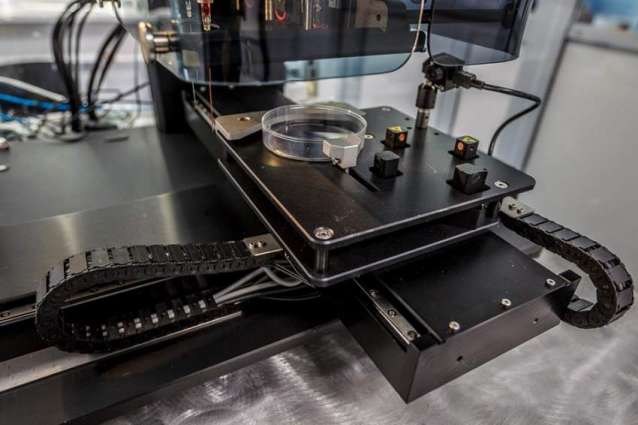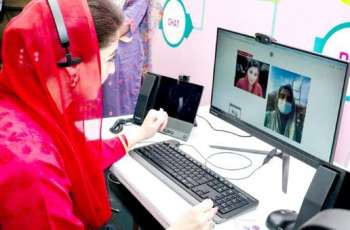An experiment to artificially grow human cartilage and a mouse's thyroid gland with the help of a special 3D bioprinter at the Russian segment of the International Space Station (ISS) will begin on October 13 and will last through October 16, Yousef Hesuani, a co-founder and managing partner of the company that produced the device, told Sputnik.
MOSCOW (Pakistan Point News / Sputnik - 10th October, 2018) An experiment to artificially grow human cartilage and a mouse's thyroid gland with the help of a special 3D bioprinter at the Russian segment of the International Space Station (ISS) will begin on October 13 and will last through October 16, Yousef Hesuani, a co-founder and managing partner of the company that produced the device, told Sputnik.
On Thursday, a unique bioprinter called OrganAut, produced by Russian company 3D Bioprinting Solutions, will be delivered by a Soyuz MS-10 spacecraft to the ISS for the world's first experiment on printing organs in space.
"The experiment will be carried out in several stages, the first one is scheduled for October 13, while the last one will be on October 16," Hesuani said.
He clarified that a bioprinter and printer cuvettes with a special gel containing biological material will be delivered to the ISS. Under temperature changes, gel will become liquid and create a liquid nutrient medium. The biological material, under the impact of magnetic waves, will begin to take on a certain shape.
This process only takes a few seconds, but it takes about a day for the cells to create a single shape, the researcher added, noting that a special fixing material will be later added to the cuvettes so that the engineered biological objects could be stored for several weeks before being sent to Earth.
Once the engineered biological materials are delivered to Earth, special tests and research will be carried out to asses to what extent the internal structure of the objects corresponds to the samples produced in normal conditions on the ground, according to Hesuani.
The researcher noted that the whole process would be filmed and the video would be published.
Russia's Mission Control Center will be also livestreaming the process, so that the organizers of the experiment could carefully monitor it online and make certain changes if necessary, Hesuani added.




